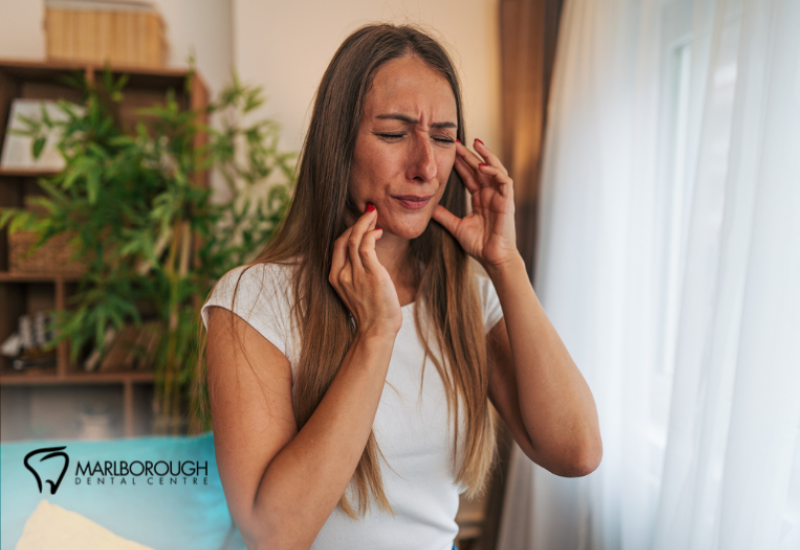Overview: Imagine if dentists referred to tooth decay as tooth worms? No matter how you word it, tooth decay is bad news but in 5000 BC the ancient Babylonians actually referred to it as tooth worms. Continue reading the blog below to find out more about the history of dentistry.
Dr. Michael Popp is becoming a legend in dentistry in NE Calgary, but one of the first dentists on record was Hesy-Re. He was an Egyptian scribe from 2600 BC that was referenced as one of the greatest to deal with teeth. In 1700-1550 BC Egyptian medical texts were among the first to have documented dental diseases and methods to alleviate toothache.
The ancient Greeks were not going to be outdone by the Egyptians. Around 500-300 BC, Aristotle and Hippocrates wrote about dentistry in Greece. They described how to treat tooth decay, extraction methods and the use of wire to stabilize loose teeth.
The first mention of dental fillings was documented in medical texts from China in 700. The text describes the use of a silver paste as a type of filling to be used.
A must read for every dentist is The Little Medicinal Book for All Kinds of Diseases and Infirmities of the Teeth. It's the first full book dedicated completely to dentistry and was published in Germany in 1530. The book covers how to maintain oral hygiene, tooth extraction and the use of gold fillings.
The Father of modern dentistry is bestowed to the French surgeon Pierre Fauchard who wrote the book The Surgeon Dentist in 1723. His book was groundbreaking in describing dentistry in depth. Topics included are:
- Oral anatomy
- Oral function
- Denture construction
- Procedure techniques
Cosmetic dentistry begins to emerge with Claude Mouton in 1746, who emphasizes white enameling for gold crowns to achieve a greater aesthetic appearance.
In 1760-1780 dentist clinics finally open. John Baker is considered one of the first medically trained dentists to practice in America and moved from England to set up his clinic. Between 1768 and 1770, Paul Revere was among the first to begin advertising for his dental practice by taking out advertisements in a Boston newspaper.
James Snell invented the infamous reclining dental chair in 1832 and 7 years later the American Journal of Dental Science begins its publication. In 1839 Charles Goodyear invents a process for hardening rubber by creating vulcanite, which was cheap and easily molded to the top of a patient's mouth. He would patent his product in 1864, which was not well received by other dentists that would fight the licensing fees for 25 years.
In 1866 Lucy Beaman Hobbs becomes the first woman to earn a dental degree, graduating from the Ohio College of Dental Surgery. And in 1885 a dentist in New Orleans hires the first female dental assistant. With more and more female dental assistants, signs in dentist office windows reading “Lady in Attendance” become a common fixture.
The tube toothpaste becomes the norm in the 1880’s when collapsible metal tubes are invented. 10 years later an American dentist practicing in Germany writes extensively on what causes dental decay in a book called Micro-Organisms of the Human Mouth. The book triggers a large movement for higher standards in oral hygiene, emphasizing on brushing and flossing.
Chemistry begins to take off in the 1900’s. A German chemist Alfred Einhorn invents the all-important Novocain in 1905 and fluoride is added to public water systems in 1945.
The Bottom Line: Dentistry is a discipline that continues to evolve and has become vital as a part of people’s overall health. Many procedures like tooth extraction, root canals and dental implants, just to name a few have all become less invasive. Dr. Michael Popp is cementing his own legacy in the dentistry timeline by maintaining high standards in dental practice.
For more information on dental procedures contact Dr. Michael Popp at Marlborough Dental Centre in NE Calgary today on (403) 248-2066.



